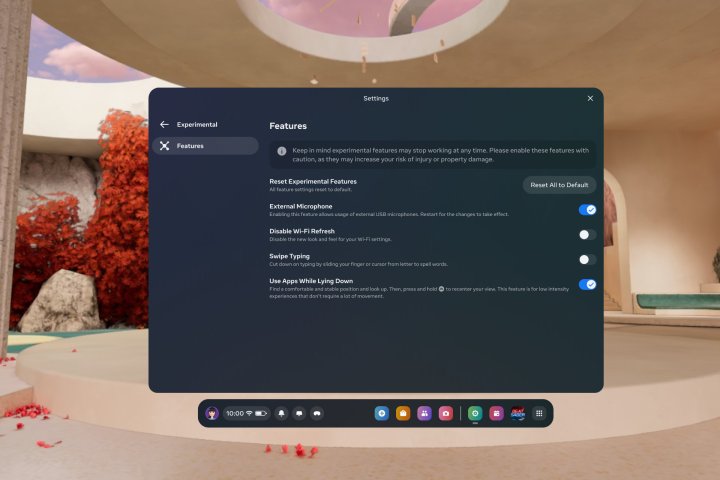
The Quest 3 already boasted the best mixed reality experience of any VR headset other than the Apple Vision Pro. Now, as part of the v64 update, the Quest 3’s passthrough quality is about to get even better, with less graininess in lower light, more detail, and better handling of phone screens.
The difference is quite noticeable. Previously, you had to lower your phone’s brightness or get very close to make it readable. After the latest upgrade, the passthrough camera automatically adjusts so you don’t have to squint at a blown-out screen. For a complete look at the Quest 3 passthrough upgrade, check out Meta’s YouTube video below.
In addition, X user Manu posted a brief comparison video on X, showing both the v63 and v64 passthrough while using a phone. You might notice an overall darkening of the view, but the better picture quality is worth that change.
🆚 Esta es la diferencia entre la actualización de Meta v63 y v64:
✅ La mejora del passthrough en condiciones de baja luz es muy sustancial ⬇️ pic.twitter.com/zhih9S5DBN
— Manu ᯅ (@nextmanu_) April 9, 2024
While all recent Meta headsets will get the update, the most notable upgrades are for Meta’s newest VR headset. Along with an improved mixed reality view, Quest 3 owners get lying down mode and USB mic support. Both options must be enabled in Settings in the Experimental section.
The Meta Quest 2 and Pro acquired lying down mode in v63. It’s just what it sounds like. When enabled, you can press and hold the Oculus button on the right controller to reset the viewpoint at any angle, even when reclining, resting on your back, or lying on your side.

A couple of the updates apply to all recent Meta headsets. You can start casting your Quest’s screen to another device, then keep casting after you remove your headset, which is a nice feature for social media. Also, there’s an easier way to join friends in Horizon Worlds. In the People app, you can see anyone with an active status and click to join immediately.
The v64 update is rolling out now to Meta Quest 3, Quest 2, and Quest Pro devices, but it could take a few weeks before it reaches everyone.



